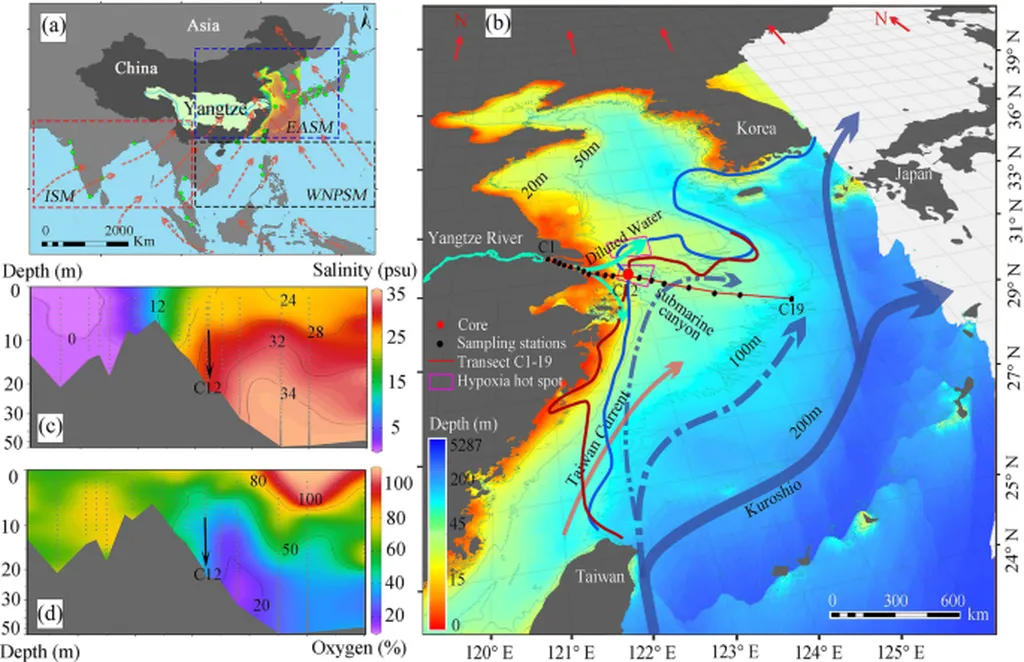In the face of rising sea levels, coastal ecosystems are on the front lines of climate change, and understanding their responses is crucial for both environmental conservation and economic planning. A recent study published in the journal *Sensing Remote* (formerly known as *Remote Sensing*) sheds light on how coastal intertidal meta-ecosystems in the Yangtze Estuary are adapting to sea-level rise (SLR), offering valuable insights for the energy sector and beyond.
Led by Yu Gao of the Scientific Observing and Experimental Station of Fisheries Resources and Environment of East China Sea and Yangtze Estuary, the research team focused on the spatiotemporal dynamics of coastal meta-ecosystems, which encompass a range of environments from high-elevation flats to mudflats. The study highlights the subtle yet significant changes that occur over decades as sea levels inch upward, affecting everything from plant diversity to soil composition.
“Given that annual sea-level changes are typically measured in millimeters, ecosystems may take decades to exhibit noticeable shifts,” Gao explains. “This makes it challenging to capture the full extent of lateral responses at a single point in time.”
To overcome this challenge, the researchers integrated tidal inundation gradients and employed advanced modeling techniques. They found that SLR alters hydrological dynamics, leading to reduced aboveground biomass, increased plant diversity, and decreased total soil carbon and nitrogen. These changes have profound implications for coastal wetland management and the energy sector, which often relies on stable ecosystems for infrastructure and resource extraction.
One of the study’s key innovations is the use of composite indices combining the enhanced vegetation index (EVI) and the land surface water index (LSWI) to predict future ecosystem shifts. The ratio and difference between EVI and LSWI, termed ELR and ELD respectively, provide a nuanced understanding of vegetation responses to SLR. “The EVI-LSWI difference (ELD) was particularly effective for detecting flood dynamics and vegetation along the tidal inundation gradient,” Gao notes.
For the energy sector, these findings are critical. Coastal infrastructure, such as power plants and renewable energy installations, is vulnerable to the impacts of SLR. Understanding how ecosystems respond to these changes can inform better planning and mitigation strategies, ensuring the resilience of energy projects in the face of climate change.
The study also underscores the importance of long-term monitoring and spatial modeling in predicting ecosystem responses. By leveraging advanced remote sensing techniques, researchers can better anticipate the impacts of SLR and develop strategies to protect both natural ecosystems and human investments.
As climate change continues to reshape our coastlines, studies like this one provide a roadmap for adapting to a changing world. By integrating scientific insights with practical applications, we can better prepare for the challenges ahead and ensure a sustainable future for both the environment and the energy sector.

